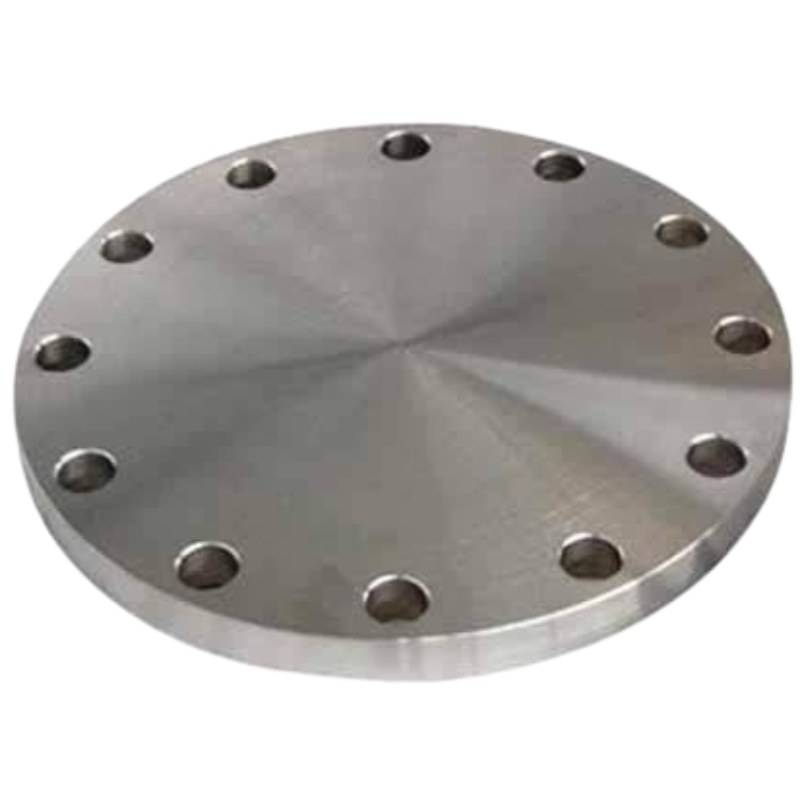-
Cangzhou Yulong Steel Co., Ltd.
-
Phone:
+86 13303177267 -
Email:
admin@ylsteelfittings.com
- English
- Arabic
- Italian
- Spanish
- Portuguese
- German
- kazakh
- Persian
- Greek
- French
- Russian
- Polish
- Thai
- Indonesian
- Vietnamese
- Zulu
- Korean
- Uzbek
- Hindi
- Serbian
- Malay
- Ukrainian
- Gujarati
- Haitian Creole
- hausa
- hawaiian
- Hebrew
- Miao
- Hungarian
- Icelandic
- igbo
- irish
- Japanese
- Javanese
- Kannada
- Khmer
- Rwandese
- Afrikaans
- Albanian
- Amharic
- Armenian
- Azerbaijani
- Basque
- Belarusian
- Bengali
- Bosnian
- Bulgarian
- Catalan
- Cebuano
- China
- China (Taiwan)
- Corsican
- Croatian
- Czech
- Danish
- Esperanto
- Estonian
- Finnish
- Frisian
- Galician
- Georgian
- Kurdish
- Kyrgyz
- Lao
- Latin
- Latvian
- Lithuanian
- Luxembourgish
- Macedonian
- Malgashi
- Malayalam
- Maltese
- Maori
- Marathi
- Mongolian
- Myanmar
- Nepali
- Norwegian
- Norwegian
- Occitan
- Pashto
- Dutch
- Punjabi
- Romanian
- Samoan
- Scottish Gaelic
- Sesotho
- Shona
- Sindhi
- Sinhala
- Slovak
- Slovenian
- Somali
- Sundanese
- Swahili
- Swedish
- Tagalog
- Tajik
- Tamil
- Tatar
- Telugu
- Turkish
- Turkmen
- Urdu
- Uighur
- Welsh
- Bantu
- Yiddish
- Yoruba

Sep . 06, 2024 05:44 Back to list
Tapped Blind Flange | High-Quality Flanges for Various Applications
Understanding Tapped Blind Flanges Key Features and Applications
Tapped blind flanges are crucial components in piping systems, widely utilized across various industries such as oil and gas, chemical processing, and water management. Their primary function is to create a sealed connection at the end of a pipe, effectively blocking the flow while providing an access point for maintenance and pressure testing.
A tapped blind flange is essentially a standard blind flange with one or more tapped holes. A blind flange, in general, is a solid disc used to close the end of a piping system or vessel. Tapping involves creating a threaded hole in the flange, enabling the connection of a pressure gauge, vent, or other instrumentation. This feature offers significant advantages in monitoring and managing fluid flow within a pipe.
One of the primary benefits of using tapped blind flanges is their versatility. The tapped hole allows for easy installation of various devices without needing to dismantle the piping system. This is particularly beneficial in systems where maintenance and adjustments are frequent, minimizing downtime and labor costs. Industries such as oil extraction often employ these flanges extensively due to the need for constant monitoring and precise control over the flow of highly pressurized fluids.
tapped blind flange

When selecting tapped blind flanges, several factors must be considered. Material selection is critical, as it must withstand the specific pressures and temperatures of the application. Common materials include carbon steel, stainless steel, and various alloys, each offering different resistance properties against corrosion and wear. Furthermore, the size of the tapped hole and its threading must match the specifications of the instrumentation to be installed.
Installation of tapped blind flanges requires careful alignment and torque application to ensure a leak-proof seal. It's essential to utilize proper sealing materials and techniques, especially in high-pressure applications, to prevent potential hazards from leaks or ruptures. Regular inspection and maintenance are also necessary to ensure the flanges and associated connections remain secure and functional.
In recent years, the demand for tapped blind flanges has risen due to the growing emphasis on process efficiency and safety in industrial operations. Technologies such as digital pressure monitoring devices are increasingly being integrated with these flanges, enhancing the ability to gather real-time data from piping systems. This trend aligns with the broader shift towards smart manufacturing and remote monitoring in various sectors.
In conclusion, tapped blind flanges serve as indispensable tools in modern piping systems, combining the benefits of effective sealing with the practicality of accessibility for maintenance and monitoring. Their strategic application across industries underscores their importance in ensuring safety, efficiency, and reliability in fluid management systems. As technology continues to evolve, the functionality and application of tapped blind flanges are likely to expand further, reinforcing their role in industrial infrastructure.
Latest news
-
ANSI 150P SS304 SO FLANGE
NewsFeb.14,2025
-
ASTM A333GR6 STEEL PIPE
NewsJan.20,2025
-
ANSI B16.5 WELDING NECK FLANGE
NewsJan.15,2026
-
ANSI B16.5 SLIP-ON FLANGE
NewsApr.19,2024
-
SABS 1123 FLANGE
NewsJan.15,2025
-
DIN86044 PLATE FLANGE
NewsApr.19,2024
-
DIN2527 BLIND FLANGE
NewsApr.12,2024
-
JIS B2311 Butt-Welding Fittings LR/SR 45°/90° /180°Seamless/Weld
NewsApr.23,2024











